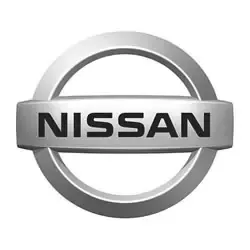Nissan Xterra Tire Pressure
Most common recommended tire pressure for Nissan Xterra is 35 psi based on year of production, trim and OEM tire size, but it maybe different for older models. It is imperative to confirm the exact tire inflation for your Nissan Xterra to ensure safety on the road. Always refer to your vehicle owner's manual for the correct tire pressure designated by vehicle's manufacturer.
Select your Nissan Xterra production year to see its recommended tire inflation.
| Model Year | Front Tires | Rear Tires |
|---|---|---|
| 2015 Nissan Xterra | 35 psi | 35 psi |
| 2014 Nissan Xterra | 35 psi | 35 psi |
| 2013 Nissan Xterra | 35 psi | 35 psi |
| 2012 Nissan Xterra | 35 psi | 35 psi |
Recommended Tire Pressure for Nissan Xterra
Maintaining the recommended tire pressure for a Nissan Xterra is indispensable for several reasons, each contributing to safety, performance, and economic benefits. Primarily, proper tire inflation ensures optimal contact between the tire and the road, enhancing traction, stability, and handling, which are vital for the safety of the vehicle's occupants. This adherence to manufacturer's guidelines not only safeguards against tire blowouts and premature wear but also ensures that the vehicle operates within its designed parameters for fuel efficiency. Under-inflated tires can lead to increased rolling resistance, forcing the engine to work harder and consequently consume more fuel, while over-inflation can compromise the tire's performance and its ability to absorb road shocks. Furthermore, maintaining the recommended tire pressure supports the longevity of the tires themselves, preventing uneven wear patterns that can lead to the early replacement of tires. This is particularly relevant for vehicles like the Nissan Xterra, which may be used in a variety of driving conditions, including off-road. Regularly checking and adjusting your Xterra's tire pressure can therefore result in a smoother, safer driving experience, reduced environmental impact through improved fuel economy, and cost savings on both fuel and tire replacement over time, underlining the importance of this simple yet crucial aspect of vehicle maintenance.

All listed guides, data and/or calculations are for informational purposes only. TirePressure.com does not warrant or make any representations regarding the accuracy of or the results of the use of this information. Always refer to vehicle owner's manual for the correct tire pressure configuration.